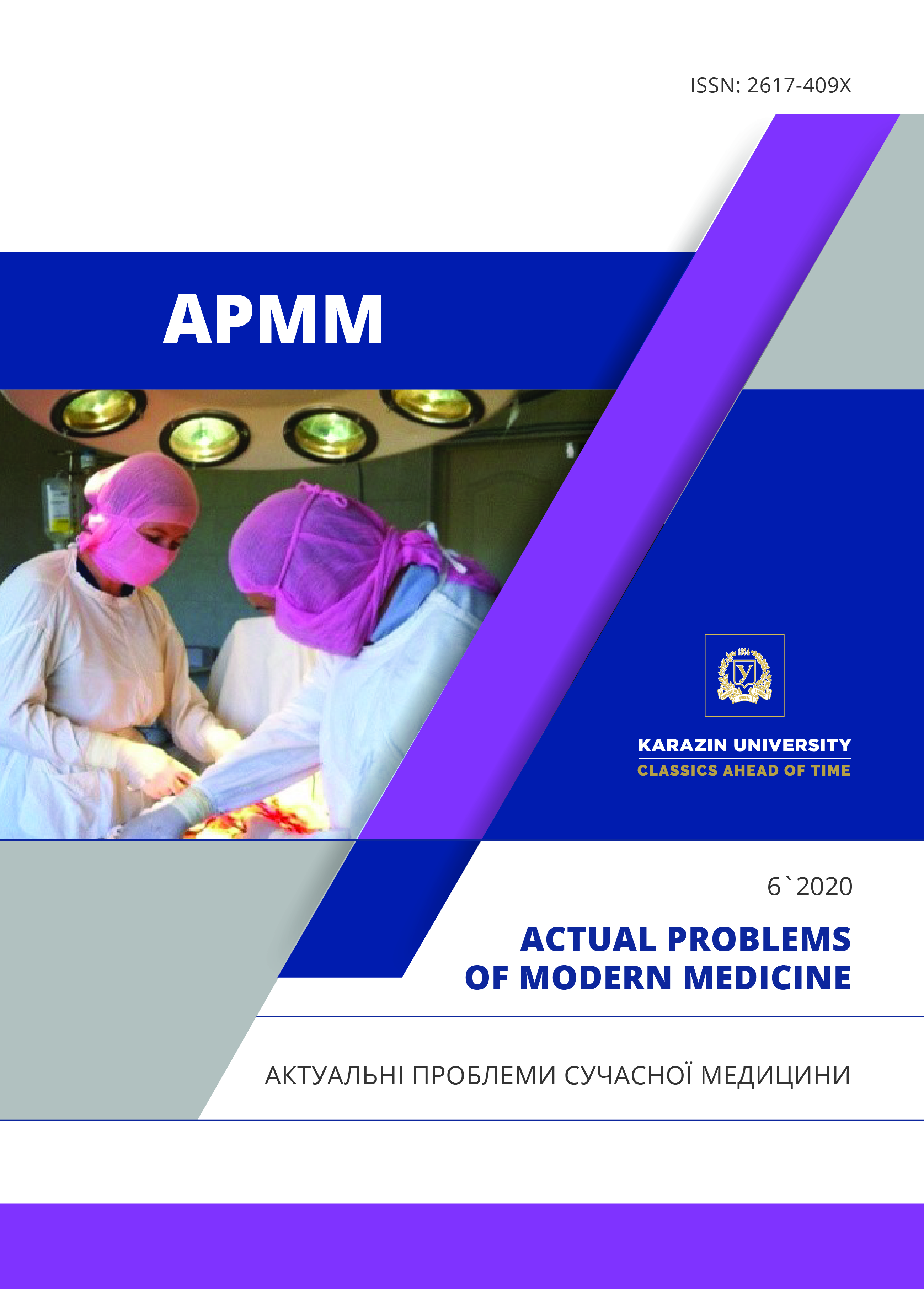Непостійні кістки на черепах з скіфського могильника біля с. Коломак
Анотація
Резюме: Дослідження особливостей варіантної анатомії людини, як важливої та невід’ємної частини палеоантропологічних досліджень, є важливим джерелом додаткової інформації про особливості анатомічної будови людини. Краніоскопічні (дискретні варіаційні, або неметричні) ознаки, що являють собою анатомічні варіації в будові черепа, реєструються за принципом «присутність-відсутність», є важливим джерелом інформації при вивченні походження і етногенетичних зв'язків палеопопуляцій. До цих ознак відносяться втому числі непостійній (додаткові) кістки черепа. За сучасною класифікацією прийнято виділяти 3 головні типи непостійних кісток черепа: шовні, тім’ячкові та островцеві кістки. Метою роботи було проведення дослідження питань варіантної анатомії непостійних кісток на черепах людей. Матеріали та методи. Була досліджена варіантна анатомія непостійних кісток на антропологічних матеріалах черепів з скіфського могильника поблизу села Коломак на Харківщині, що датується IX - IV століттям до н.е. Було досліджено 88 черепів дорослих людей. Результати. Непостійні додаткові кістки були присутні в будові 16 черепів, що становить 18,1% від загальної кількості. Шовні кістки були в 12 черепах (13,6%), тім’ячкові – у 6 черепах (6,8%), острівцеві кістки були відсутні. У частині випадків непостійні кістки розташовувались одночасно в декількох швах. Цікаво відмітити випадок поєднання в одному з черепів великої додаткової кістки стрілового шва з повним метопічним швом та додатковою кісткою потиличного тім’ячка. Згідно літературних даних додаткові кістки черепа зустрічаються в різних популяціях з частотою від 20 до 67%. Висновки. Таким чином, результати дослідження вказують на те, що даний тип дискретно-варіаційних ознак є рідкісним варіантом анатомічної будови серед досліджених остеологічних матеріалів. Результати дослідження розширюють та доповнюють наявні дані про варіантної анатомії непостійних кісток черепа. Подальші дослідження краніологічних матеріалів дозволять більш повно та дослідити порівнювальну внутрішньогрупову та міжгрупову мінливість.
Завантаження
Посилання
Bellary, SS, Steinberg, A, Mirzayan, N, Shirak, M, Tubbs, RS, et al. Wormian bones: a review. Clin Anat. 2013; 26(8):922–27. https://doi.org/10.1002/ca.22262
Cirpan S, Aksu F, Mas N. The incidence and topographic distribution of sutures including wormian bones in human skulls. J Craniofac Surg. 2015;26:1687–90. https://doi.org/10.1097/SCS.0000000000001933
Ghosh SK, Biswas S, Sharma S, Chakraborty S. An anatomical study of wormian bones from the eastern part of India: Is genetic influence a primary determinant of their morphogenesis? Anat Sci Int. 2017;92:373–82. https://doi.org/10.1007/s12565-016-0342-1
Hanihara T, Ishida H, Dodo Y. Characterization of Biological Diversity Through Analysis of Discrete Cranial Traits. Am J Phys Anthropol. 2003;121:241–51. https://doi.org/10.1002/ajpa.10233
Himabindu A, Rao BN. An insight into Wormian bones. International Journal of Scientific Research and Engineering Studies. 2015;2(6):26–8. Available from:https://www.researchgate.net/publication/279916562_an_insight_into_wormian_bones_ahimabindubnarasingarao
Natsis K, Piagkou M, Lazaridis N, Anastasopoulos N, Nousios G, et al. Incidence, number and topography of wormian bones in Greek adult dry skulls. Folia Morphol (Praha). 2019;78:359–70. https://doi.org/10.4067/S0717-95022020000100069
Kiliç-Safak N, Taskin RG, Yücel AH. Morphologic and Morphometric Evaluation of the Wormian Bones. Int J Morphol. 2020;38(1):69-73. https://doi.org/10.4067/S0717-95022020000100069
Nikolova SY, Toneva DH. Incidences of anterior fontanelle bone in cranial series from Bulgaria. J Biosci Biotechnol. 2014;special edition:145–47. http://www.jbb.uni-plovdiv.bg/documents/27807/728057/SE-2014-145-147.pdf
Samson TD, Beals SP, Rekate HL. Massive wormian bone at the cranial apex: identification, correction and outcome. J Craniofac Surg. 2008;19(1):96–100. https://doi.org/10.1097/scs.0b013e31815c94ad
Semler O, Cheung MS, Glorieux FH, Rauch F. Wormian bones in osteogenesis imperfecta: correlation to clinical findings and genotype. Am J Med Genet A. 2010;152A(7):1681–87. https://doi.org/10.1002/ajmg.a.33448.
Zaychenko AA, Zhurkin KI. Bones of sutures and fontanelleles of the human cranial [in Russian]. Saratov journal of medical scientific research. 2017;13(2):209–12. Available from:http://ssmj.ru/2017/2/209




